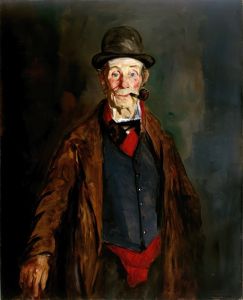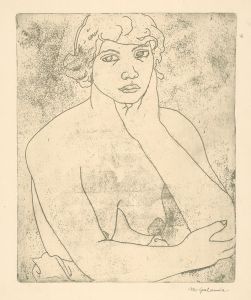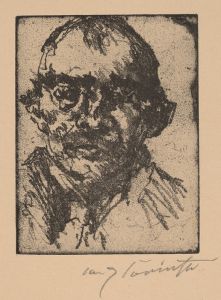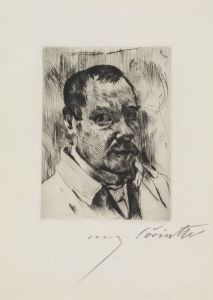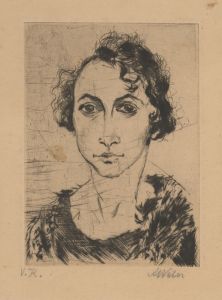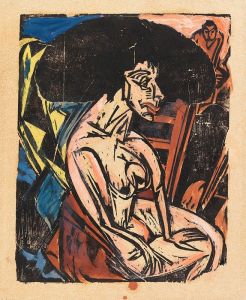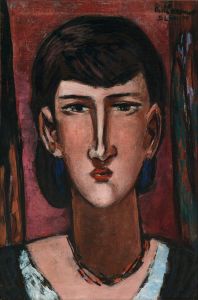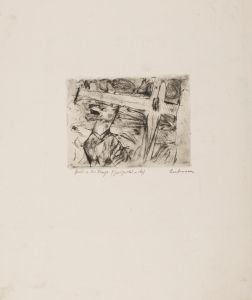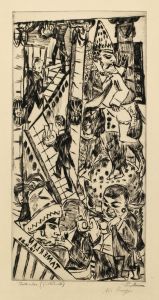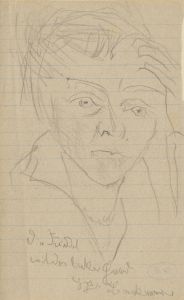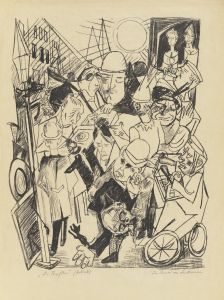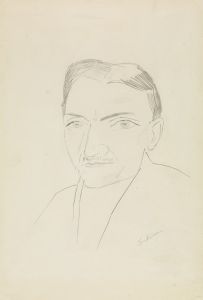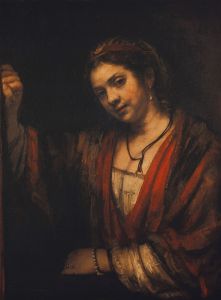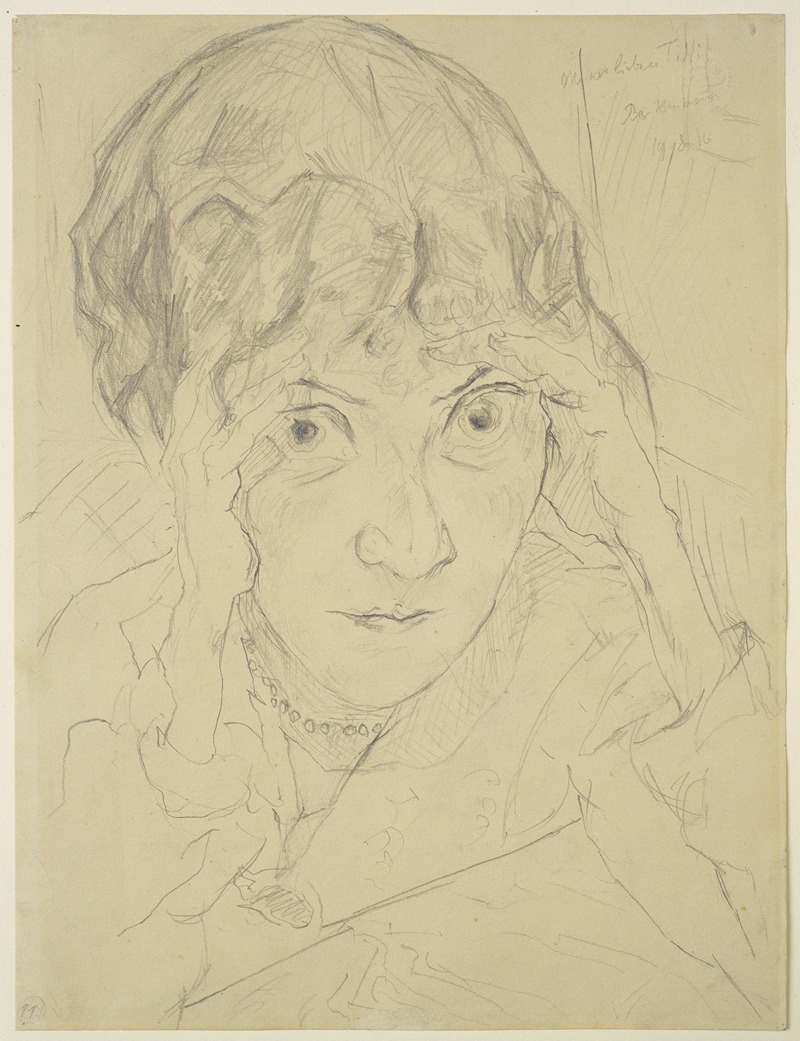
Portrait of Fridel Battenberg
A hand-painted replica of Max Beckmann’s masterpiece Portrait of Fridel Battenberg, meticulously crafted by professional artists to capture the true essence of the original. Each piece is created with museum-quality canvas and rare mineral pigments, carefully painted by experienced artists with delicate brushstrokes and rich, layered colors to perfectly recreate the texture of the original artwork. Unlike machine-printed reproductions, this hand-painted version brings the painting to life, infused with the artist’s emotions and skill in every stroke. Whether for personal collection or home decoration, it instantly elevates the artistic atmosphere of any space.
Max Beckmann, a prominent German painter and printmaker, is known for his distinctive style that combines elements of Expressionism and New Objectivity. One of his notable works is the "Portrait of Fridel Battenberg," which exemplifies his skill in capturing the essence of his subjects through bold lines and vivid colors.
Max Beckmann was born on February 12, 1884, in Leipzig, Germany. He studied at the Weimar Academy of Art and quickly became a significant figure in the German art scene. Beckmann's career was marked by his response to the tumultuous events of the early 20th century, including World War I and the rise of the Nazi regime, which had a profound impact on his work and personal life.
The "Portrait of Fridel Battenberg" is a testament to Beckmann's ability to convey complex emotions and character through portraiture. Although specific details about the painting's creation and its subject, Fridel Battenberg, are not extensively documented, the work is consistent with Beckmann's approach during the period in which he was active. His portraits often feature strong, sculptural forms and a sense of psychological depth, reflecting his interest in the human condition and the inner lives of his subjects.
Beckmann's style is characterized by a departure from the traditional techniques of realism, instead opting for a more expressive and sometimes distorted representation of figures. This approach allows viewers to engage with the emotional and psychological undercurrents of his work. In the "Portrait of Fridel Battenberg," Beckmann likely employed his signature use of bold outlines and a rich color palette to bring the subject to life, capturing both the physical likeness and the intangible qualities of personality and mood.
Throughout his career, Beckmann faced significant challenges, particularly during the Nazi regime in Germany. His work was labeled as "degenerate art," and he was dismissed from his teaching position at the Städelschule in Frankfurt. In 1937, Beckmann fled to Amsterdam and later moved to the United States, where he continued to paint and teach until his death in 1950.
The "Portrait of Fridel Battenberg" is part of Beckmann's broader oeuvre, which includes numerous self-portraits, still lifes, and large-scale triptychs. His work is celebrated for its intensity and the way it captures the complexities of the human experience. Beckmann's paintings are held in high regard and can be found in major museums and private collections worldwide.
Max Beckmann's legacy as an artist is marked by his ability to transcend the boundaries of traditional portraiture, offering viewers a glimpse into the soul of his subjects. The "Portrait of Fridel Battenberg" stands as a significant example of his contribution to modern art, reflecting both his technical prowess and his deep understanding of the human psyche.





